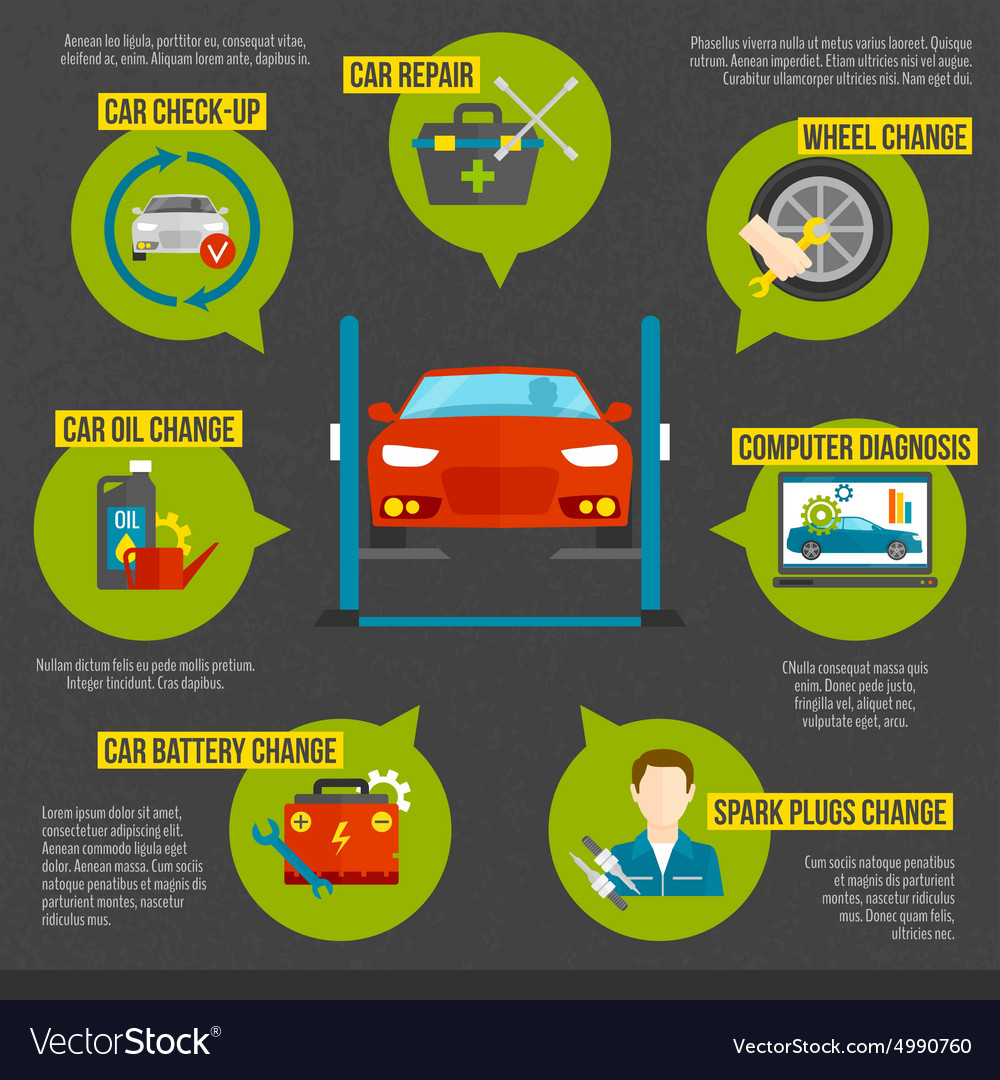Eager To Understand What The Dashboard Caution Lights In Your Vehicle Indicate? Explore Their Significances For The Health And Safety And Security Of Your Automobile
Eager To Understand What The Dashboard Caution Lights In Your Vehicle Indicate? Explore Their Significances For The Health And Safety And Security Of Your Automobile
Blog Article
Short Article Composed By-Lim Alvarado
When you're behind the wheel, those glowing warning lights on your dashboard can be a bit complicated. Do you understand what they're trying to tell you regarding your vehicle's wellness? Understanding the importance of these lights is vital for your safety and security and the long life of your vehicle. So, the following time one of those lights turns up, wouldn't you intend to decode its message properly and take the essential actions to address it?
Common Caution Lights and Interpretations
Recognize usual caution lights in your cars and truck and understand their definitions to guarantee risk-free driving.
One of the most normal warning lights include the check engine light, which signifies problems with the engine or exhausts system. If this light begins, it's essential to have your vehicle inspected quickly.
The oil stress cautioning light shows reduced oil pressure, requiring immediate focus to stop engine damages.
A flashing battery light could suggest a malfunctioning billing system, possibly leaving you stranded otherwise resolved.
The tire stress surveillance system (TPMS) light informs you to reduced tire pressure, influencing lorry stability and gas efficiency. Overlooking this could lead to harmful driving problems.
The ABS light indicates an issue with the anti-lock braking system, endangering your ability to stop swiftly in emergency situations.
Finally, the coolant temperature cautioning light warns of engine getting too hot, which can result in severe damages if not resolved quickly.
Recognizing these typical warning lights will certainly help you deal with concerns without delay and preserve safe driving problems.
Value of Prompt Interest
Recognizing the usual warning lights in your cars and truck is only the primary step; the importance of without delay attending to these warnings can not be emphasized sufficient to ensure your safety and security when traveling.
When a warning light illuminates on your dashboard, it's your car's means of connecting a prospective concern that needs attention. Ignoring these warnings can lead to extra severe troubles in the future, endangering your safety and security and possibly costing you extra in repairs.
Prompt attention to advising lights can stop break downs and crashes. For example, a blinking check engine light could show a misfire that, if left neglected, can trigger damages to the catalytic converter. Resolving this promptly can save you from a costly fixing.
Likewise, a brake system cautioning light may indicate low brake fluid or worn brake pads, crucial elements for your safety and security when driving.
Do It Yourself Troubleshooting Tips
If you notice a caution light on your dashboard, there are a couple of do it yourself troubleshooting tips you can attempt before seeking expert help.
The initial step is to consult your automobile's guidebook to understand what the details warning light indicates. Sometimes the concern can be as simple as a loosened gas cap causing the check engine light. Tightening up the gas cap may resolve the trouble.
An additional common issue is a reduced battery, which can set off various alerting lights. Examining the battery connections for corrosion and guaranteeing they're secure may take care of the trouble.
If a caution light lingers, you can try resetting it by detaching the automobile's battery for a few minutes and after that reconnecting it. Additionally, checking your car's liquid levels, such as oil, coolant, and brake fluid, can aid repair alerting lights associated with these systems.
Conclusion
Finally, recognizing your auto's caution lights is necessary for keeping your automobile running efficiently and securely. By quickly resolving these informs and knowing what they mean, you can stay clear of pricey repairs and possible failures.
Remember to consult your automobile's handbook for certain details on each advising light and take action accordingly to guarantee a hassle-free driving experience.
Stay educated, stay https://air-lift-performance-kits39517.elbloglibre.com/31160925/are-you-interested-in-discovering-the-ways-in-which-automation-and-robotics-are-changing-the-auto-outlining-market when traveling!
